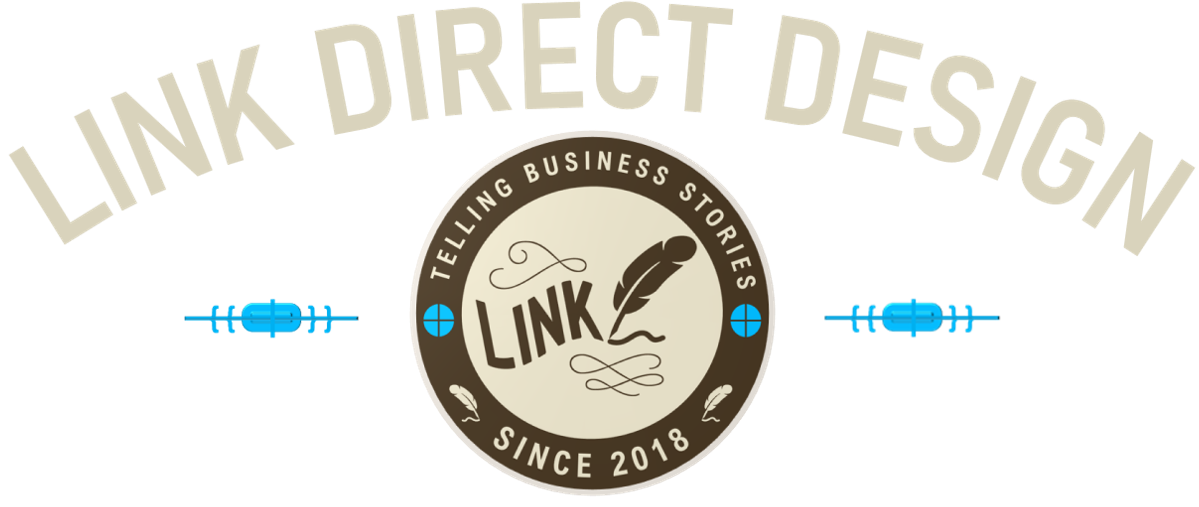The Best Supports for Making Sales Aren’t Technical. They’re Human.
Chasing SEO (Search Engine Optimization) can sometimes oppose the small business need for practicality and getting quick results. The ever-changing roll of SEO in setting your website page rank seems to require lots of changing and refocusing as algorithms meander. For most small businesses, key words, phrases and SEO are unlikely to make an immediate difference in sales locally. (Yeap, we just said that. It runs counter to almost everything digital marketing is based on today.) But marketing can get too focused on the website and SEO instead of the purpose of the website and content. Marketing and on-line activity should serve selling, not the other way around.
So, we are providing “for your consideration,” a practical list of activities that could cumulatively help your business while accepting the fact that there are 1.17 billion or so websites out there. One of the leading website gurus suggests adding 35,000 backlinks to really make a difference in your ranking. A backlink is where another site or social media post links “back” to your site or an article or perhaps an illustration on one of its pages. The average small business would be doing well to come up with 50 backlinks.
Most small businesses are not going to overnight become Nike, the New York Times or ESPN on-line. The great news is, we don’t have to be to improve our visibility and reputation in the minds of people who might want to do business with us. And, it’s not all about digital. A lot of what we need more of is human interest and engagement.
Doing things like building a communications toolkit or communicating on an “anticipated communications schedule” will help us support sales efforts regardless of our size. Telling stories about our businesses and industries that will entice, enlighten and entertain buyers and prospects is the first step. Then placing bread-crumb trails in places where people interested are likely to notice them is an effective and simple small-biz marketing strategy.
HERE ARE TEN PRACTICAL ACTIVITIES YOU CAN SINK YOUR TEETH INTO STARTING TODAY
Become a “top-of-mind” company in your market by regularly posting value.
Customers buy more often from brands they are familiar with than from ones they must research. 5-7 recent impressions start brand recognition.
Provide communications of value on a regular basis. Not too often, not too seldom, but just right. Scheduled social media posts with support material linked from your website are a great start.
Use information in educational ways to gain a committed following.
Instead of telling prospects about your services and products from your own perspective, educate others to understand how buying from you helps them more.
Help customers and prospects know more by educating them instead of telling them. Focus on where they are and what they need to know to draw their own purchasing conclusions. Provide expert information.
Tell stories about your causes, products, services, people, vendors, and customers.
Human beings are story-tellers. People relate to, and imagine themselves engaging in, stories better than anything most advertising can direct at them.
Make as much of your communication story-based as possible. Use real examples, testimonials, personal and business sketches and case studies. Storytellers promote ideas and grow relationships.
Become well-known subject-matter experts about your ways of doing business.
As you demonstrate knowledge, experience and familiarity with topics important to your buyers, they will come to believe in your ability to help them.
Fill your website with well-written, unselfish and valuable mentoring and reference material. Then, promote that material elsewhere in guest articles, social posts, and groups.
Find and embrace a cause important to the company, and share your support stories.
86% of U.S. consumers expect companies to act on social and environmental issues. They want to buy from companies whose values align with theirs.
Select a cause you and your customers can both support. A percentage revenue donation is good. However, active support in the real world and storytelling on behalf of your cause shows your commitment and keeps it visible.
Create and use tools to find and reduce customer pain points.
Demonstrate how you are ibuprofen for your customer’s pain. Then you can also help expand where the customer is already strong. Both are sides of a coin.
Selling the process of determining weakensses and strengths is a powerful story you can write. Developing tools to determine a fit is one way to show prospects and buyers your approach is not one-size-fits-all.
Add more more “frequently asked questions” to your website content.
Customers and potential buyers often frame searches as questions. Engines like Google have improved their ability to find and feature your well-chosen questions.
Adding a few new frequently asked questions and their answers to your website each month does two things. It gives your staff links to well-written answers with minimum effort, and helps your content to be found.
Start communicating from the buyer’s perspective, instead of your company’s.
Too many companies say they have the finest, the best, the premier - services, products and people. What you say about yourself, people don’t believe. At all.
The effort to reposition every word of every communication, digital or printed, to the customer’s perspective is worth it to your credibility. Talk about the customer in every communication possible, not yourself.
Print/distribute business cards featuring a single topic or course on your website.
Business cards are everywhere, but also “sticky,” meaning they hang around, and non-threatening. An idea or link passed on a business card will get attention where a brochure is sometimes tossed.
When your staff hands out business cards with a brief, descriptive teaser and link to value during their personal interactions with buyers, they are giving out small, relevant gifts that are enjoyable for both parties.
Publish digital look-books and slideshows to update buyers, prospects and staff.
On-line magazines, fliers, brochures and slideshows published as flip-page-books are popular. Use them to expand your influence in a captivating way.
Email, social and website links to flip books draw attention and give you a format for bringing customers up to speed. Use them for topics that support your corporate message. Platforms are readily available such as Issuu.
The Above Marketing Activities Performed Regularly Have a Compounding Effect
(But You Have to Start)













